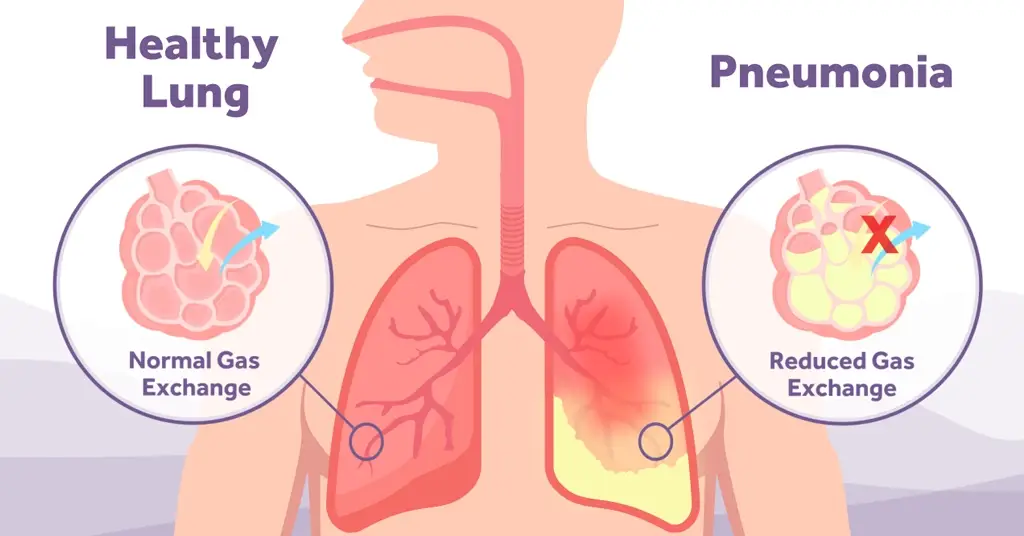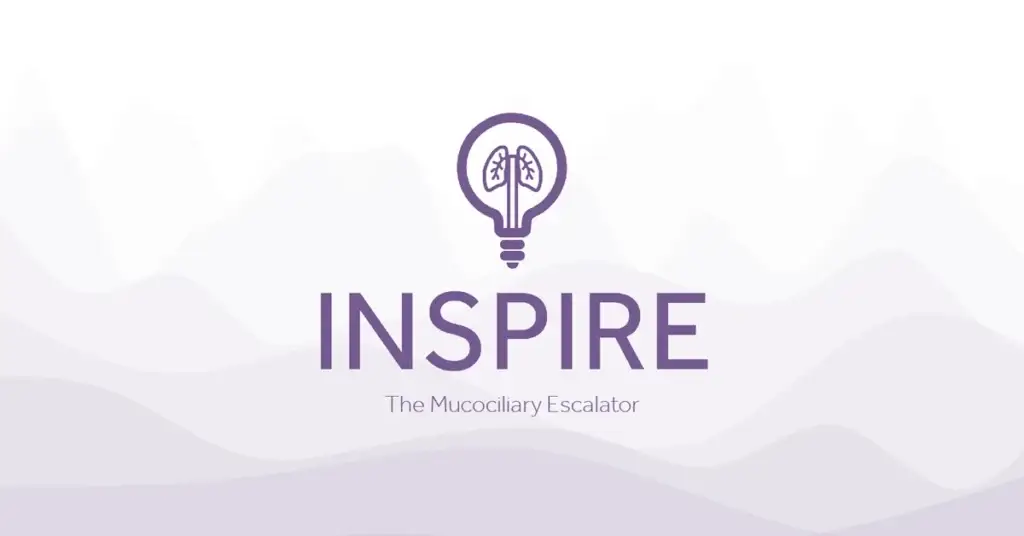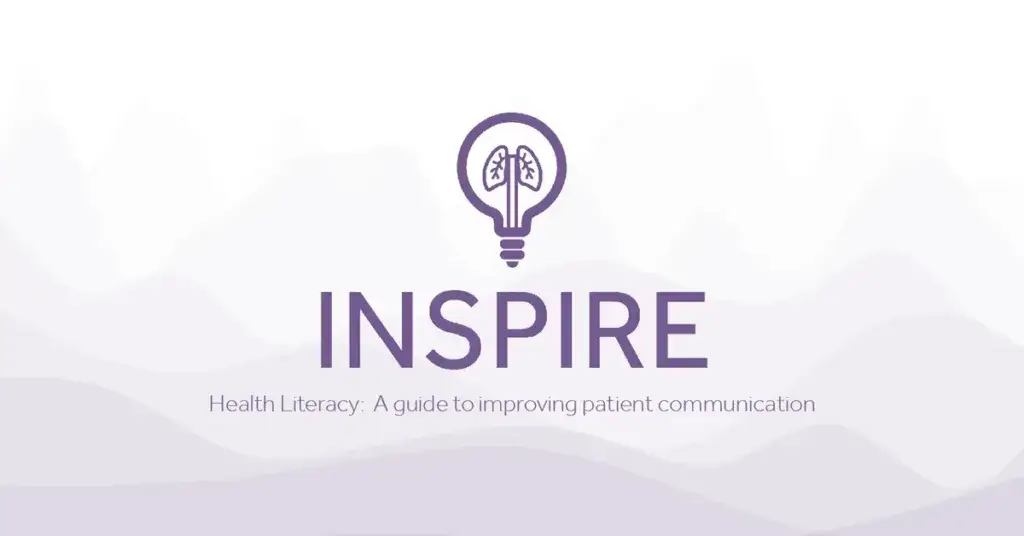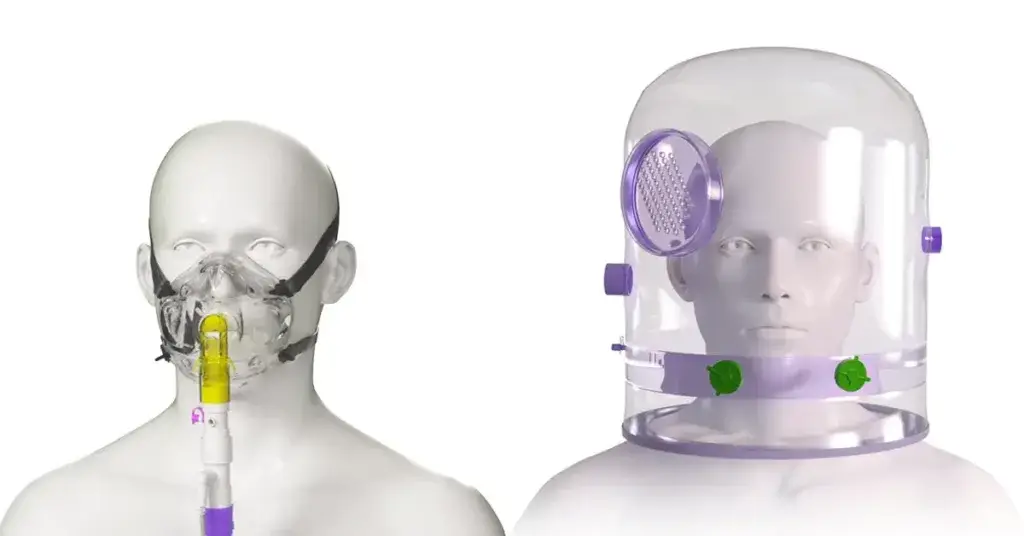Non-Pharmacological Management of Delirium in Critically Ill Patients

Introduction
Delirium is a common and serious condition in critically ill patients, characterised by acute changes in mental status including inattention, disorientation, and altered levels of consciousness (1). Prevalence ranges from 20 to 81% (2-5). Despite limited evidence on efficacy, pharmacological interventions are often used to manage delirium. Non-pharmacological approaches play a crucial role in the care of these patients, and we will explore this further in this blog post.
Understanding Delirium in Critically Ill Patients
Delirium in critically ill patients is a multifactorial condition that can be caused by a combination of factors such as underlying medical conditions, medications, sleep deprivation, sensory overload, and environmental factors (6). It is essential to recognise and address these contributing factors to effectively manage delirium and improve patient outcomes. Delirium is also associated with negative outcomes such as increased mortality, cognitive and functional impairments, longer ICU and hospital length of stay, length of mechanical ventilation, reduced quality of life and higher healthcare costs (7–9).
Importance of Non-Pharmacological Management
Non-pharmacological interventions are essential in the management of delirium as they target the underlying causes and risk factors. These interventions can help reduce the incidence and duration of delirium, improve patient comfort and safety, and enhance overall recovery.
Updated Guidelines
The 2018 Society of Critical Care Medicine (SCCM) Pain, Agitation, Delirium, Immobility and Sleep (PADIS) Guidelines (10) provide recommendations for critically ill patients to improve patient outcomes;
Pain management. They advise use of a validated pain assessment tool and multimodal analgesia to manage pain in critically ill patients.
Agitation/ sedation management. They advise sedation protocols and targeted sedation to maintain patient comfort while minimising sedated-related adverse effects. This can be achieved by monitoring sedation depth with tools like RASS and targeting light sedation wherever possible (11).
Delirium management. They recommend non-pharmacological interventions such as early mobilisation, orientation and sleep promotion alongside regular assessment using validated tools.
Immobility. They recommend prioritisation of early mobilisation and physical therapy to prevent muscle weakness, functional decline and other complications.
Sleep management: They recommend strategies to promote a restful sleep environment in the ICU, including minimising noise and light, maintaining a consistent sleep-wake cycle, and addressing factors contributing to sleep disruption.
The standard practice is to update these guidelines every 5 years or when important new evidence surfaces, so a revised version is likely imminent.
Current Progressive Practices and Benefits
- Early Mobilisation: Encouraging early mobilisation and physical activity in critically ill patients can help prevent muscle weakness, improve circulation, and promote overall well-being. Considering safety and the haemodynamic stability of the patient, individualised mobility plans should be initiated and can be beneficial in reducing the risk of delirium (12).
- Optimising Sleep: Adequate sleep is crucial for the recovery of critically ill patients. Creating a restful environment by using a sleep protocol that minimises noise and disruptions and promotes relaxation techniques, can help improve sleep quality and reduce the risk of delirium (13).
- Orientation and Reassurance: Providing frequent orientation to time, place, and person can help reduce confusion and disorientation in delirious patients and is associated with a reduced occurrence of delirium (14).
- Cognitive Stimulation: Engaging patients in cognitive activities such as puzzles, games, and conversation are associated with reduced incidence and duration of delirium and improved functionality at discharge (15).
- Sedation Minimisation: Using a protocol that targets light sedation can help reduce ICU, hospital and mechanical ventilation days and improve mortality (16).
- Sensory Management: Minimising sensory overload by reducing noise, light, and other stimuli in the intensive care unit can help create a calming environment for delirious patients. Using earplugs, eye masks, and other sensory aids improves sleep and reduces delirium occurrence (17).
- Family Involvement: Involving family members in the care of delirious patients can provide emotional support, enhance communication, and improve patient outcomes. Family visits, phone calls, and involvement in decision-making can help reduce anxiety and length of stay. (18).
A combination of some of these elements have been shown to have multiple benefits for ICU patients in terms of reducing ventilator days, use of physical restraints, ICU readmission, delirium and likelihood of being discharged to convalescence care facilities (19–21).
Other potential practices that require further study
Music therapy has shown benefits in pain reduction, delirium management, and psychological well-being (22). Conflicting evidence exists on ICU diaries, with a 2019 meta-analysis showing reduced anxiety and depression but no impact on PTSD, emphasising the need for larger trials (23, 24). While virtual and augmented reality in the ICU show promise for delirium management, current studies are primarily case-based. Initial findings suggest feasibility, staff training benefits, and stress reduction (25). A scoping review by Tim Walsh’s team in Edinburgh highlighted a link between higher resilience levels in ICU survivors and lower depression, anxiety, and pain so resilience building may offer a promising new area of research (26). Strategies like support from organisations like ICU steps and coping methods such as deep breathing and mindfulness are recommended.
- American Psychiatric Association. Diagnostic and Statistical Manual of Mental Disorders (5th edn). APA, 2013.
- Mehta S, Cook D, Devlin JW, Skrobik Y, Meade M, Fergusson D, et al. Prevalence, risk factors, and outcomes of delirium in mechanically ventilated adults. Crit Care Med 2015 Mar;43(3):557-566.
- Giraud K, Vuylsteke A. Point-prevalence of delirium in intensive care units. Anaesthesia 2014 Apr;69(4):394.
- Page VJ, Navarange S, Gama S, McAuley DF. Routine delirium monitoring in a UK critical care unit. Crit Care 2009;13(1):R16.
- Ely EW, Shintani A, Truman B, Speroff T, Gordon SM, Harrell FE Jr, et al. Delirium as a predictor of mortality in mechanically ventilated patients in the intensive care unit. JAMA 2004 Apr 14;291(14):1753-1762
- Zaal IJ, Devlin JW, Peelen LM, Slooter AJ. A systematic review of risk factors for delirium in the ICU. Crit Care Med 2015 Jan;43(1):40-47.
- Salluh JI, Wang H, Schneider EB, Nagaraja N, Yenokyan G, Damluji A, et al. Outcome of delirium in critically ill patients: systematic review and meta-analysis. BMJ 2015 Jun 3;350:h2538.
- van Rompaey B, Schuurmans MJ, Shortridge-Baggett LM, Truijen S, Elseviers M, Bossaert L. Long term outcome after delirium in the intensive care unit. J Clin Nurs 2009 Dec;18(23):3349-3357
- Pandharipande PP, Girard TD, Jackson JC, Morandi A, Thompson JL, Pun BT, et al. Long-term cognitive impairment after critical illness. N Engl J Med 2013 Oct 3;369(14):1306-1316.
- Devlin JW, Skrobik Y, Gélinas C, et al. Clinical Practice Guidelines for the Prevention and Management of Pain, Agitation/Sedation, Delirium, Immobility, and Sleep Disruption in Adult Patients in the ICU. Crit Care Med. 2018;46(9):e825-e873. doi:10.1097/CCM.0000000000003299
- Sessler CN, Gosnell MS, Grap MJ, Brophy GM, O’Neal PV, Keane KA, et al. The Richmond Agitation-Sedation Scale: validity and reliability in adult intensive care unit patients. Am J Respir Crit Care Med. 2002 Nov 15;166(10):1338-1344.
- Schweickert WD, Pohlman MC, Pohlman AS, Nigos C, Pawlik AJ, Esbrook CL, et al. Early physical and occupational therapy in mechanically ventilated, critically ill patients: a randomised controlled trial. Lancet 2009 May 30;373(9678):1874-1882.
- Kamdar BB, King LM, Collop NA, Sakamuri S, Colantuoni E, Neufeld KJ, et al. The effect of a quality improvement intervention on perceived sleep quality and cognition in a medical ICU. Crit Care Med 2013 Mar;41(3):800-809
- Colombo R, Corona A, Praga F, Minari C, Giannotti C, Castelli A, et al. A reorientation strategy for reducing delirium in the critically ill. Results of an interventional study. Minerva Anestesiol 2012 Sep;78(9):1026-1033.
- Alvarez EA, Garrido MA, Tobar EA, Prieto SA, Vergara SO, Briceno CD, et al. Occupational therapy for delirium management in elderly patients without mechanical ventilation in an intensive care unit: A pilot randomized clinical trial. J Crit Care 2017 Feb;37:85-90.
- Girard TD, Kress JP, Fuchs BD, Thomason JW, Schweickert WD, Pun BT, et al. Efficacy and safety of a paired sedation and ventilator weaning protocol for mechanically ventilated patients in intensive care (Awakening and Breathing Controlled trial): a randomised controlled trial. Lancet 2008 Jan 12;371(9607):126-134.
- Van Rompaey B, Elseviers MM, Van Drom W, Fromont V, Jorens PG. The effect of earplugs during the night on the onset of delirium and sleep perception: a randomized controlled trial in intensive care patients. Crit Care 2012;16(3):R73.
- Nassar Junior AP, Besen BAMP, Robinson CC, Falavigna M, Teixeira C, Rosa RG. Flexible Versus Restrictive Visiting Policies in ICUs: A Systematic Review and Meta-Analysis. Crit Care Med. 2018;46(7):1175-1180. doi:10.1097/CCM.0000000000003155
- Barnes-Daly MA, Phillips G, Ely EW. Improving hospital survival and reducing brain dysfunction at seven California community hospitals: implementing PAD guidelines via the ABCDEF bundle in 6,064 patients. Crit Care Med. 2017;45(2):171-178.
- Barnes-Daly MA, Pun BT, Harmon LA, et al. Improving health care for critically ill patients using an evidence-based collaborative approach to ABCDEF bundle dissemination and implementation. Worldviews Evid Based Nurs. 2018 Jun;15(3):206-216.
- Pun BT, Balas MC, Barnes-Daly MA, et al. Caring for critically ill patients with the ABCDEF bundle: results of the ICU Liberation Collaborative in over 15,000 adults. Crit Care Med. 2019 Jan;47(1)3-14
- Umbrello M, Sorrenti T, Mistraletti G, Formenti P, Chiumello D, Terzoni S. Music therapy reduces stress and anxiety in critically ill patients: a systematic review of randomized clinical trials. Minerva Anestesiol. 2019;85(8):886-898. doi:10.23736/S0375-9393.19.13526-2
- Ullman AJ, Aitken LM, Rattray J, et al. Intensive care diaries to promote recovery for patients and families after critical illness: A Cochrane Systematic Review. Int J Nurs Stud. 2015;52(7):1243-1253. doi:10.1016/j.ijnurstu.2015.03.020
- Barreto BB, Luz M, Rios MNO, Lopes AA, Gusmao-Flores D. The impact of intensive care unit diaries on patients’ and relatives’ outcomes: a systematic review and meta-analysis. Crit Care. 2019;23(1):411. Published 2019 Dec 16. doi:10.1186/s13054-019-2678-0
- Kanschik D, Bruno RR, Wolff G, Kelm M, Jung C. Virtual and augmented reality in intensive care medicine: a systematic review. Ann Intensive Care. 2023;13(1):81. Published 2023 Sep 11. doi:10.1186/s13613-023-01176-z
- Pauley E, Walsh TS. Resilience in survivors of critical illness: A scoping review of the published literature in relation to definitions, prevalence, and relationship to clinical outcomes. J Intensive Care Soc. 2022;23(3):345-358. doi:10.1177/17511437211034701

Dr. Leona Bannon (She/Her)
RGN, BSc (Hons), PhD
Assistant Professor in General Nursing, Dublin City University





